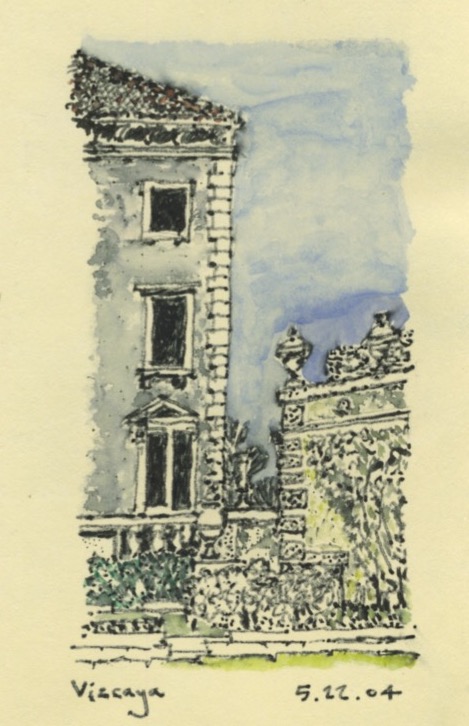I was listening to a conversation between Peter Robinson and Bari Weiss on the Hoover Institution’s Uncommon Knowledge podcast. I was brought up short by Weiss’s phrase: “a holiday from history.” Weiss and Robinson were talking about what she called The Great Unraveling, but it struck me that a “holiday from history” could easily refer to architecture, which since roughly the 1920s has turned away from the past. Where once architects had learned their art in part by studying history, whether in books or through travel, they now had their vision resolutely focused in only one direction—the future. In that way, design was simplified. No need to take on Mr. Bramante or Mr. Wren (to use a Hemingwayesque locution)—you were free to make your own rules. This was at first exciting, and one sees this excitement in the early work of Corbusier and Mendelsohn. But succeeding generations have found the holiday from history could also be a bit of a bore, as well as a challenge—it is not so easy to continually reinvent an architecture “for our time.” All holidays come to an end, of course. Will architects return to a more tried and true method: looking back in order to move forward, in James Stirling’s words?


